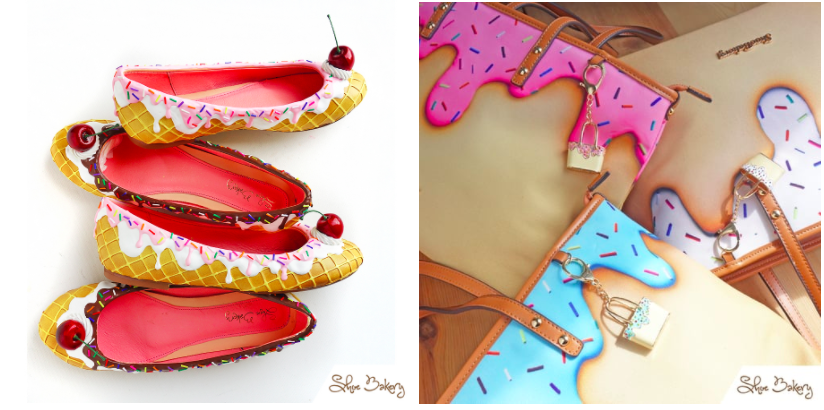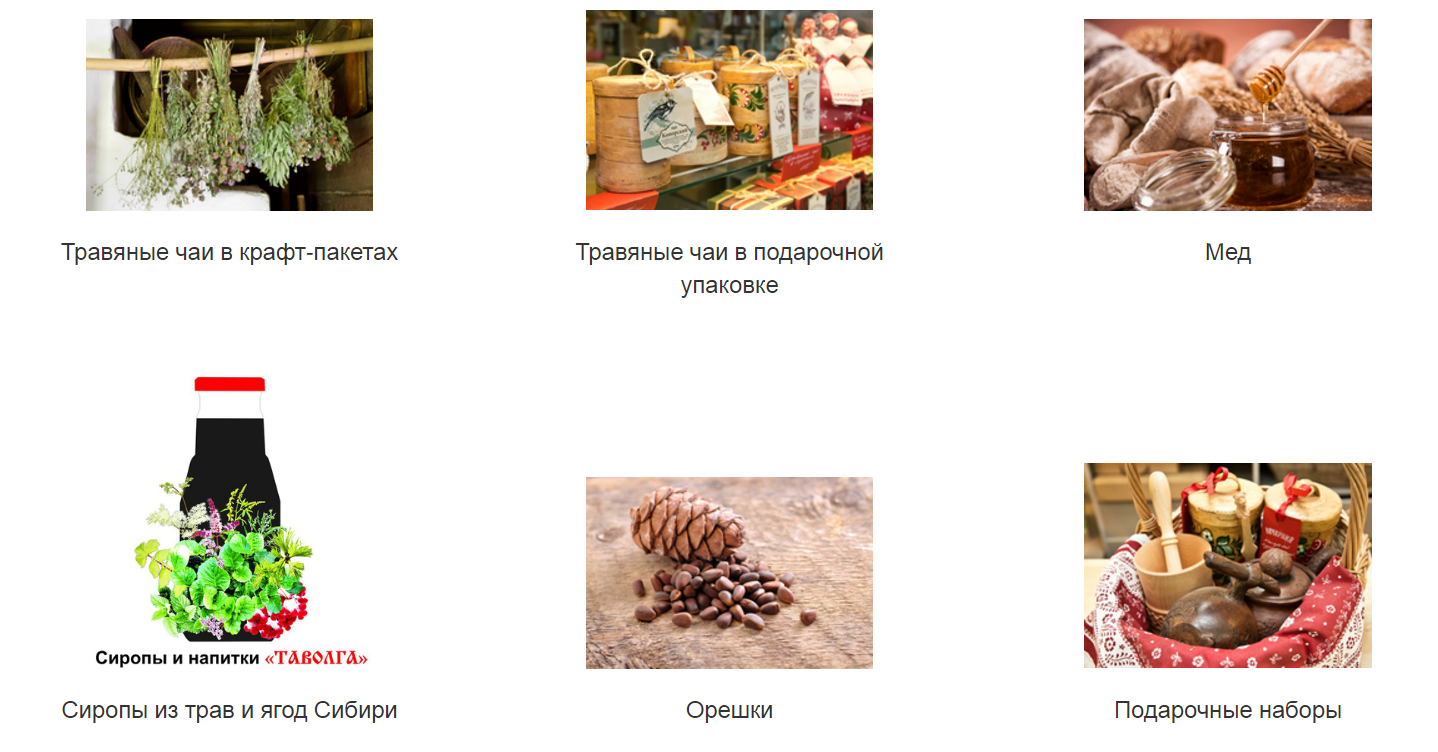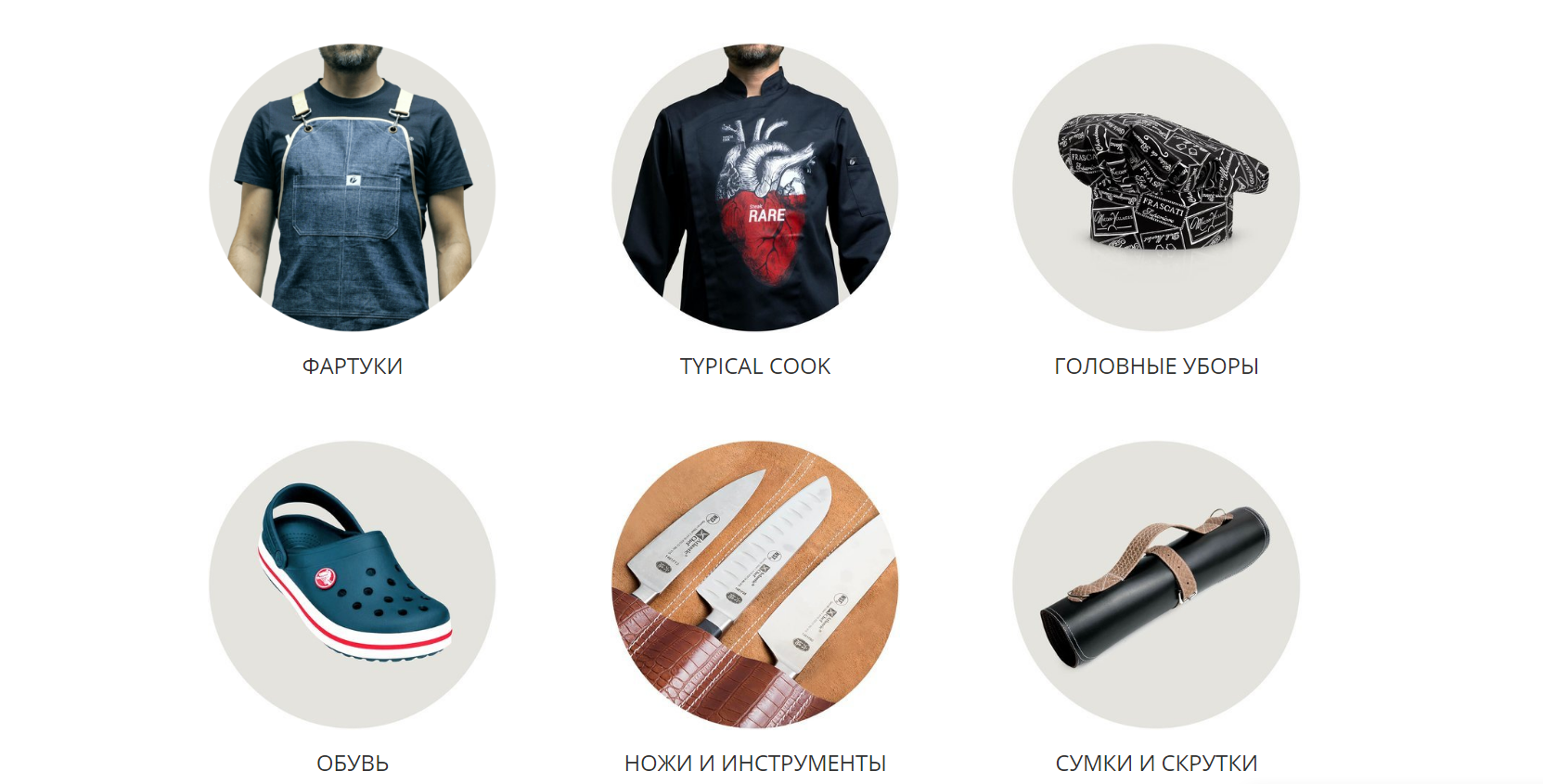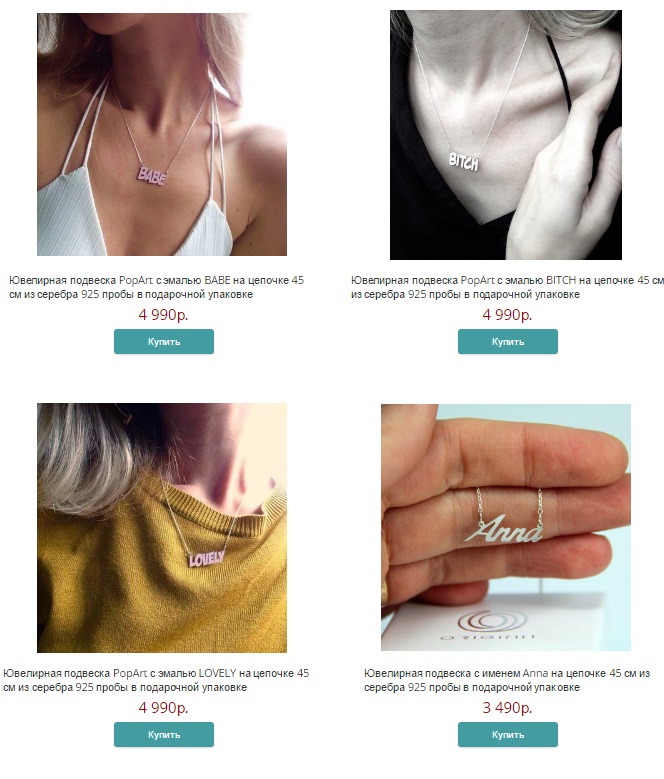How to stand out among competitors: a unique selling proposition and the rules for its creation
- Highlight features of the product
- Solve customer problem
- Formulate USP correctly
- Do not make trivial mistakes
- Check list
The product or service is designed to solve the problem of the client, to satisfy the need or desire. Your task is to convince the buyer that you and your product can handle it better than others. To do this, make a UTP - a unique selling proposition. The USP answers the question: why should the client buy something from you?
This is a single message that can be read in everything: in design, packaging, advertising. If it is not, with a high probability the client will not remember you or understand what you wanted to say with your advertisement.
Example UTP: Dream and Dress - "air" wedding and evening dresses from the dreams of many girls. 
The article will tell you how to find your UTP and avoid common mistakes.
Highlight features of the product
At the beginning of the business I want everything to be perfect: from the quality of materials to the speed of delivery. But, clutching at everything, you risk not becoming the best in any of the areas. In each there is a narrowly focused competitor (for example, with the fastest delivery), and you can lose on all points.
To find your feature, ask questions:
- What material are your products made of?
- Where did these materials come from? Who created or produced them?
- How are your products manufactured or assembled?
- Who do you produce them for?
- What is the story behind the product?
- What unites your products if there are a lot of them?
- Do you offer something that no one does?
- What is missing your competitors?
Unique trade offers can be divided into several categories. Consider which of them you have a chance to stand out:
Design. Make the product itself visually special. For example, Shoe bakery make shoes and bags in the form of sweets. 
Content. Give ordinary things unique properties, such as store owners. Skazzzki.ru create a book of fairy tales about any child with his photos.
Service. Create a UTP around the product, for example: "Up to Pizza - 60 minutes delivery or free."
Themes and traditions. Combine your products with a common attractive theme, as in the first example about dresses Dream and Dress or as in Taiga Gift - “gifts from the forest”, based on the folk traditions of Siberia and Altai. 
This also includes highly specialized stores.
Quality and production methods. For example, Woodsun declare that they are reviving the manufacture by creating a product from scratch. The quality of goods "speaks for itself," - quoting the site.
And the USP can turn out to be tempting if you successfully combine several features.
Solve customer problem
TSS should not be useless to the target audience. For example, free delivery of expensive handmade furniture, where customers are wealthy people. Their purchase decision will be affected by the design, materials, production speed, but not the shipping price.
If you have already decided on the USP, check whether it is useful to customers. Ask yourself a question: what does your peculiarity give to the client? Does he prefer your product thanks to this feature? Is the product so interesting that a person wants to buy it?
If the USP could not be found, thoughts from the perspective of the client will help you with searches. Think:
- Who are your customers and what problems might they have?
- Which are the most vital and important ones?
- Are there many offers on the market to solve them?
- Can you solve any of these problems qualitatively?
For example, an online store Piter Prof works on the niche of professional chefs and includes in the assortment only what can be useful to them. 
Do not rely solely on your own ideas, for example: “I’ll add natural stones to jewelry. Natural is better than artificial. " Such a decision may mean a price increase. For you, this is justified, and customers can love you for a good design + low price and not pay attention to materials.
The bottom line: you risk losing customers. First of all - the client and his needs, then - your presentation.
Formulate USP correctly
UTP - the face of an online store, it tells the customer why you need to buy it here. To make the buyer understand you, work on the wording:
- The essence of the UTP should be simple, without cluttering conditions and "if."
- The description is similar to the essence. Do not cheat unnecessary words and speech turns, the message is lost behind them.
For example, Origina - jewelry registered pendants. On the main page, a large description of the proposal, everything is clear:

- Promise only what you can accomplish.
- Try to apply your UTP to one of the competitors. Can he easily do the same? So you need to look further.
Long thought, but not sure about the USP? Feel free to run online store! Communicate with customers and they will tell you what attracted them and what is missing. So you can adjust your proposal. It is better to start and get experience than not to do it.
Do not make trivial mistakes
Obvious things that lure customers - the cheapest, highest quality product, etc. Alas, all this a) pall b) requires evidence.
Prove or do not use such statements as USP:
- the best quality;
- exclusive / unique product (except when this is true);
- best service;
- the best low prices;
- the widest choice.
Some of these phrases are not UST at all, for example: “we are the best”, “we have been on the market for N-years already”, “we are the largest firm”, “we are the most experienced firm”. Also, there are no UTP discounts: “Discount on all 30%” is a special offer.
Do not rely on what you can not hold. For example, if you took a chance and your USP is the lowest price, understand that customers will love you for the price and leave if they find it cheaper.
Check list
So, how to make your own unique selling proposition:
- Identify the features of your product or service.
- Identify potential customer problems and suggest what will help to solve them.
- Look from the perspective of a client: does your UTP give you a reason to choose you among competitors?
- Clearly, concisely and clearly formulate USP.
- Check the USP:
- it must contain what you are able to embody constantly;
- a competitor should not be able to easily adopt your USP;
- it should not be based on permanent discounts and contain the words “best” or “most” if you do not have confirmed grounds for this.
Creating a USP is not a question of one day or one week. Take your time, think, communicate with customers and you will find your own "highlight".
about the author
Julia Obolenskaya - journalist and advertiser. Writes articles, broadens the mind and shares useful findings with readers. Loves classic rock, Stephen King and photography.
The USP answers the question: why should the client buy something from you?Where did these materials come from?
Who created or produced them?
How are your products manufactured or assembled?
Who do you produce them for?
What is the story behind the product?
What unites your products if there are a lot of them?
Do you offer something that no one does?
What is missing your competitors?
Ask yourself a question: what does your peculiarity give to the client?